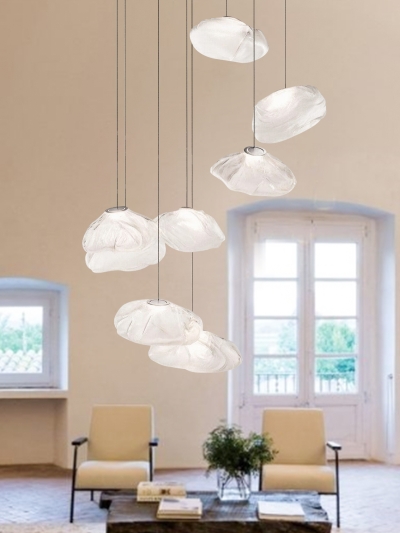How to Plant and care for a Garden.
There are many different types of gardens, including nature gardens, city gardens, and gated communities. In order to plant a garden, you’ll need to know what type of garden you want to create and how to care for it.
Different types of gardens have different needs, so it’s important to research which type of garden is best for your location and lifestyle. For example, if you want a nature garden in an urban area, you’ll need to find a place that has ample trees and land to support a large garden. If you want a city garden in an urban area, you’ll need to find places that offer public transportation or easy access to parks so you can spend time outside without having to worry about parking or traffic.
When planting your garden, be sure to use correct planting methods and tools. Here are some tips on how to plant a garden:
1. Plant the seeds deep underground so they will grow quickly and produce more vegetables than if they were planted directly on the ground: This is called subsoiling.
2. Use soil mix instead of just water: Soil mix contains nutrients that help plants grow more rapidly than water alone.
3. Add fertilizer every week rather than every month: Fertilizer helps plants get the most out of their food by helping them develop strong roots and branches as well as taller leaves and flowers.
4. Make sure there is plenty of sunlight exposure throughout the year: Gardeners who forget about sun exposure can result in shortened growth periods, light-headedness, stunted growth,and even death from heat stress!
How to Create a Spring Garden.

The first step in creating a spring garden is to select the right plants for your climate. You should consider factors such as soil quality, sunlight exposure, and water availability when planning your garden.
After selecting the plants, you’ll need to plant them into the soil. Planting the plants directly into the ground will provide the best results, but be careful not to overdo it – too much planting can lead to root failure.
If you have trouble getting your plants to germinate or if they don’t thrive in cold or wet environments, you can try growing them in a pot or container. Pla犀利士 ce the pot on a sunny windowsill and water regularly until they’re flourishing. Be sure to fertilize them regularly with a soluble fertilizer like fish food or liquid manure; these nutrients will help keep their roots healthy and active.
How to Water the Spring Garden.
Your next step is to water your garden according to its needs. Follow these simple steps to ensure that your water is delivered evenly and effectively throughout your garden:
1) Fill a wateringcan with fresh water and place it near where you want your plants to grow (this will allow you to easily track their watering needs).
2) Bring some sun light into your Garden by using a window or porch light during peak hours; this will help stimulate growth in nearby plants.
3) Water from morning until night during warm weather conditions; during colder months, wait until evening before watering.
4) Add a soluble fertilizer like fish food or liquid manure to your wateringcan regularly to keep your plants healthy and active.
How to Use Spring Garden Tools.
One of the most important tasks when planning a spring garden is to dig the ground for your garden. This can be done by using a shovel, spade, or hand hoe to break up the dirt and create a smooth surface for plants to grow on.
When digging, be sure to weepersnap the roses so that they will have water and nutrients available during the planting process. Weeping also helps keep flowers healthy and provides them with moisture and sunlight.

How to Weepersnap the Roses.
Weeping helps keep flowers healthy and provides them with moisture and sunlight. To do this, add water droplets to each rose petal before you weeps them open (Vinegar + Water). The rose should then receive enough water and nutrients that it will start to flower!
How to Mow the Lawn for a Spring Garden.

To mow lawn in preparation for a spring garden, use one of these techniques: rake, push mower, or pull along tiller blades. Rake means pushing forward on an implement like an rake while mowing; push mower refers to pushing or pulling someone or something throughougth furrows; and pull along tiller blades isSimilar but less effective than pulling–it’s used when there’s no other way to move something, like when mowing over a tall rock).




